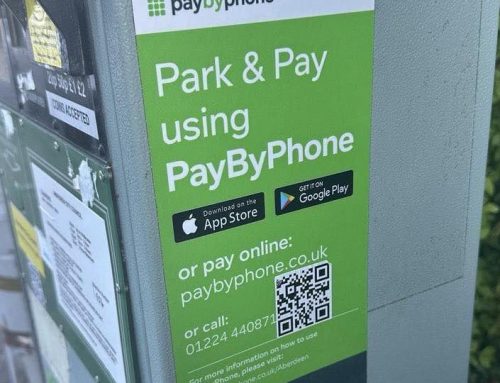Outsourcing some (or all) of your IT requirements is an effective way to drive cost savings, increase resources, and grow your business in a scalable and flexible way. But there are pitfalls along the way that can negate any benefits you could enjoy.
Over the years we’ve met a lot of people who have fallen foul of these common IT outsourcing mistakes, and have come to us with a poor impression of IT outsourcing providers. While in some cases the provider is at fault, often these issues could have been avoided if the customer had been a little more aware.
Don’t be one of them! Read on so you don’t make these common mistakes.
1. Price (going with the cheapest provider)
A key reason to look at IT outsourcing is to make savings. The economies of scale mean that by outsourcing IT functions (especially non-core activities) you can either remove the cost of hiring people in-house, or allow your IT team to focus on more strategic activities.
However, getting too focused on cost savings and therefore going with the cheapest provider is likely to be a false economy. The service they deliver is inevitably going to be a ‘budget’ service and this may be reflected in the staff they employ, the vendor products they use, and the quality of the service you or your customers receive.
2. Outsourcing the wrong activities
Another common mistake is not identifying the right IT functions to outsource. Providers generally offer a range of different services and packages that might encourage you to sign up to things that are better kept in-house.
Instead you should weigh up each service individually; the pros and cons of outsourcing it, run a risk assessment, and decide whether your in-house team can add more value than a service provider can.
3. Choosing the wrong service level agreement (SLA)
In my experience companies end up with the wrong SLAs because they haven’t properly assessed their needs. This could result in frustration with response times because they’re not as fast as required even if they are delivered according to the SLA. On the other hand, the customer may feel they are not getting value for money because they are not using the service to its maximum potential.
An IT service provider should be able to provide some guidance on what SLA is appropriate based on their experience with similar businesses. One of the benefits of a good provider is scalability and the option to switch on or off services as required; explore these scenarios when choosing a provider.
4. Lack of documentation
When outsourcing any function it can quickly become apparent that processes, policies and IT assets are not documented. This can make it hard for the service provider to on board a new customer, and for that customer to start getting the benefits of IT outsourcing.
Conversely, there are providers who are inadequately documenting their own activities and this can cause compliance issues and problems if you decide to switch providers.
Start with an IT audit to see what gaps in documentation your business has.
5. Poor communication
Ideally your IT service provider should become an extension of your team, whether you have an in-house IT department or not. The provider may be taking care of the day-to-day IT activities that you prefer not to do – password resets, IT support, keeping systems up and protecting against threats – but they can also be a strategic partner.
However, to get to this happy place you need good communication that builds a strong partnership, and in turn your provider will be able to support your business objectives through their services. If you don’t communicate your expectations, goals or vision, they will always be on the back foot.
While communication is my last IT outsourcing mistake, it is actually the first thing you need to get right when looking for an IT service provider. Communicating what your requirements and expectations are from the start will help you determine whether the provider is a good fit for your business.
Pro Drive IT run regular free discovery workshops in London and Surrey designed to help senior executives align their IT strategy with their business goals. If you would like to attend our next event, please register your interest here.








